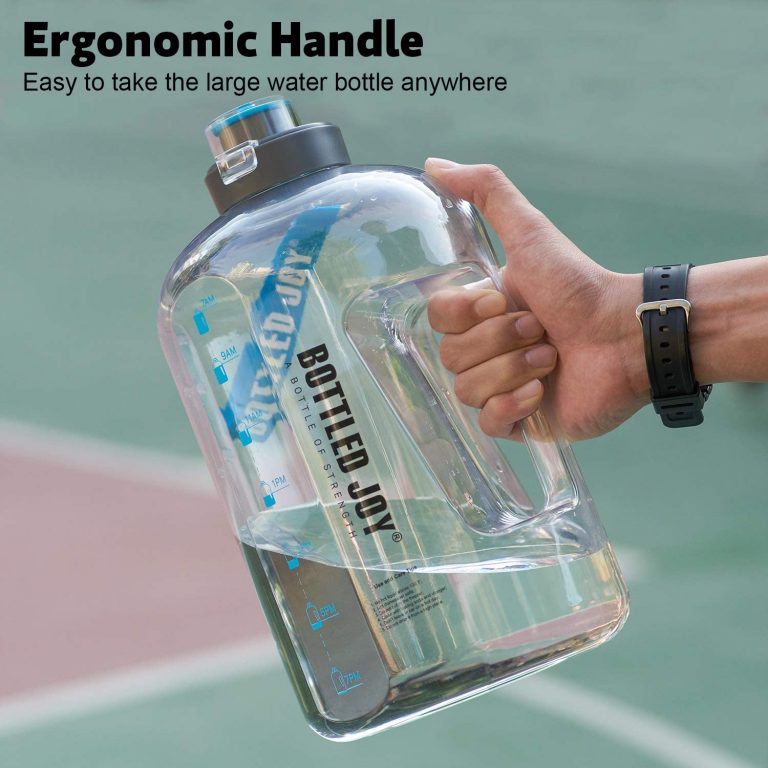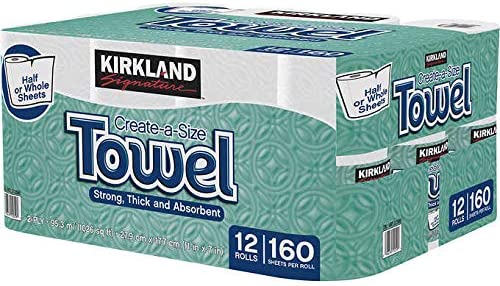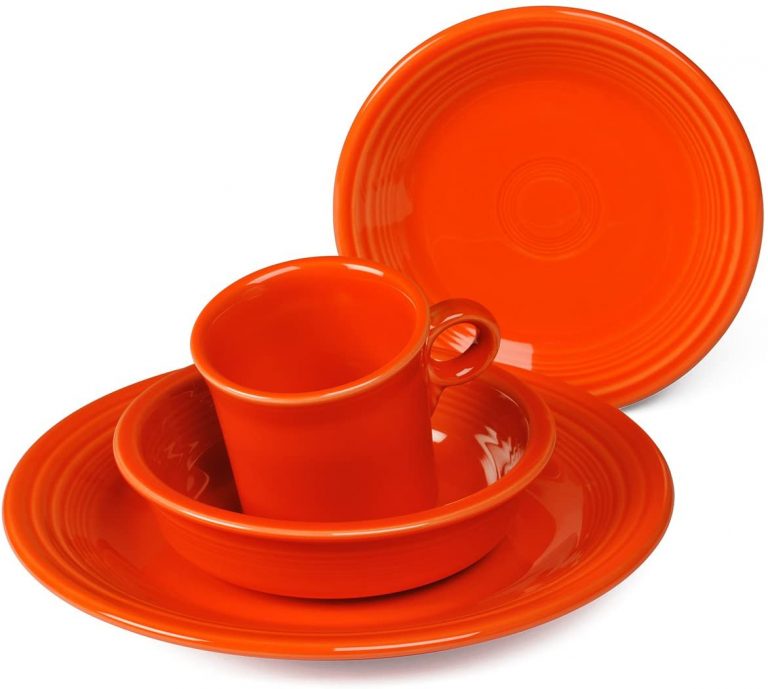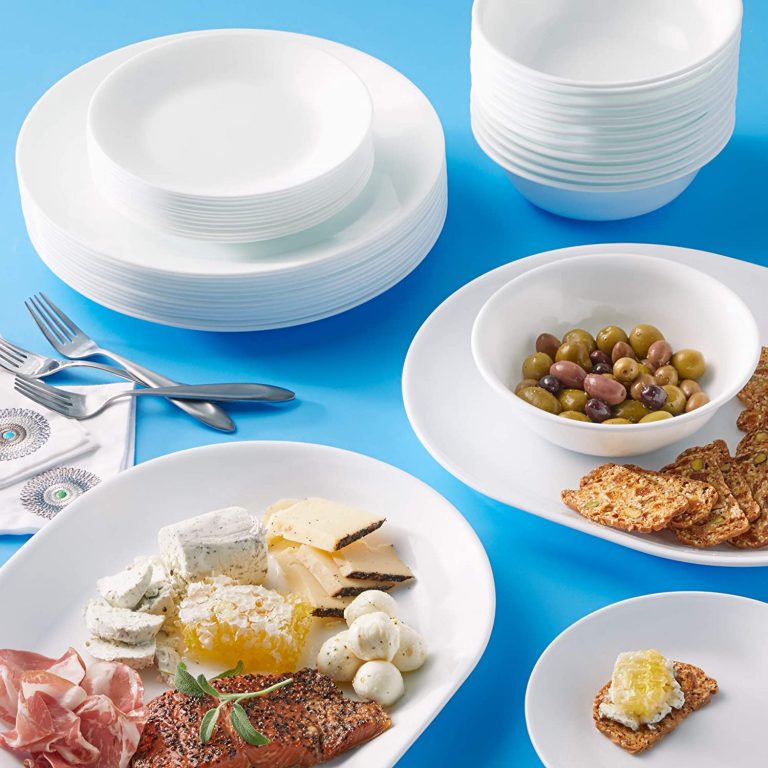How to Avoid Phthalates in Food Containers?
Did you know that some plastics have dangerous chemicals that leach into food and beverages? One such chemical is phthalates.
This blog talks about avoiding phthalates in plastic containers for your food storage needs.
Phthalates are often found in food packaging and are linked to health issues such as testicular cancer and lower sperm counts.
Luckily, there are steps you can take to limit phthalate exposure. First, you should always wash your hands before eating or handling packaged food.
Second, choose glass containers rather than plastics when storing food. Finally, avoid foods with added flavorings, as these often contain phthalates.
There are many others ways listed in this blog. Continue to read to learn about them.
Table of Contents
An Overview of Phthalates
These are phthalic anhydride chemicals used to make plastic products pliable and add softness to certain types of rubber.
They are found in numerous products, including cosmetics, soaps, food containers, and medical devices. The health risks of phthalates include endocrine disruption, developmental toxicity, and allergies.
The phthalate family of chemicals is widely used in food packaging. Phthalates are not safe for human consumption and banned in Europe since 2009.

Applications of Phthalates
Phthalates are found in plastic products like toys, food and beverage containers, medical equipment, personal care products, etc.
Phthalates can also be found in such products as toys (e.g., plastic action figures, dolls, stuffed animals, etc.), baby bottles, vinyl flooring, children’s jewelry, clothing, and food packaging.
Since they are used to make plastic durable and soft, they have found their way into manufacturing several day-to-day products.
How Phthalates Affect Our Health
Phthalates can leach plastics into food and beverages such as juice, milk, water, and infant formula.
Some phthalates have been shown to cause developmental and reproductive harm in animals at low levels of exposure. They may also interfere with hormones and disrupt endocrine systems.
In humans, phthalates have been linked to reduced sperm counts, decreased fertility, congenital disabilities, and other health problems.
The developmental problems associated with phthalates are genital malformations, low birth weight, decreased IQ, asthma, allergies, and hyperactivity.
They have also been associated with hormone-related problems, including reproductive problems, thyroid problems, obesity, and diabetes.
Best Ways To Avoid Phthalates In Food Containers
The FDA is considering a standard for safe levels of phthalates in food storage, but they’re not required yet. If you store your food in an airtight container, it should be safe.
There are many ways you can avoid phthalates in food containers. Some of these ways are:

Avoid Plastic Containers
The best way to avoid phthalates is by eliminating the use of plastic containers. As phthalates are usually used in plastics, it is recommended not to buy products in plastic containers.
Instead, choose those that are made of glass or metal. These containers are safer as they are made of food-grade materials. They are also safe for your health.
It is much more convenient to use glass bottles and jars for food storage.
Use a metal strainer when washing produces. Avoid plastic or rubber gloves as they can contain traces of the chemicals.
Use stainless steel or ceramic cutlery and utensils instead of plastic.
Dump All the Old Plastic Containers
Due to the increasing level of toxicity in phthalates, several new laws and regulations are coming into effect to prevent their use in manufacturing.
However, since these regulations were not in place earlier, it is evident that the old plastic containers would be more toxic to human health.
Hence, it is vital to get rid of old plastic containers as soon as possible.
Use Plastic Containers Thoughtfully
When it comes to food storage, plastic containers are a popular choice thanks to their low cost and durability. However, many plastic containers contain harmful chemicals known as phthalates.
Phthalates can leach into food, and they have been linked to a variety of health problems. To avoid exposure to these chemicals, it’s essential to use plastic containers thoughtfully.
When choosing a plastic container, look for one labeled “phthalate-free.”
If you can’t find a phthalate-free option, be sure to avoid heating food in a plastic container, as this can increase the number of chemicals that leach out.
Also, wash plastic containers by hand rather than in the dishwasher, as the high temperatures can cause phthalates to leach out.
Finally, don’t forget to recycle plastic containers when you’re done with them.
Avoid Recycling Codes 3, 6 and 7
When it comes to recycling codes, there are a few that you should avoid if you want to reduce your exposure to phthalates.
Codes 3, 6, and 7 indicate that the food container is made with PVC, which can release harmful chemicals like phthalates into your food.
Instead, opt for containers made with PET or HDPE (codes 1, 2, 4, or 5), which are less likely to leach chemicals into your food.
While it’s always best to avoid packaged foods whenever possible, following these guidelines can help you minimize your exposure to harmful chemicals.
Use a Water Filter
While phthalates are found in many different types of food packaging, they can also leach into food and beverages themselves.
In order to avoid exposure to these harmful chemicals, it is essential to use a water filter.
Water filters can remove phthalates from tap water and bottled water, making them a safe and convenient way to reduce exposure.
Additionally, filtered water has been shown to contain fewer contaminants than unfiltered water, so you can enjoy peace of mind knowing that you and your family are protected from harmful chemicals.
Filters also help reduce the amount of waste produced by disposable water bottles, so they are suitable for the environment.
Whether you are concerned about your health or the environment, using a water filter is a great option to remove phthalates from your diet.
Use BPA and Phthalates-Free Food Containers
BPA and phthalates are chemicals commonly used in food containers and can leach into food, causing potential health risks.
To avoid these chemicals in your food, look for BPA- and phthalate-free food containers. These containers are made without these harmful chemicals and are safer for you and the environment.
You can find BPA- and phthalate-free containers at most major retailers or online. Using these containers can help keep yourself and your family safe from these potentially harmful chemicals.
Avoid Using Plastic Wraps
While plastic food wraps can be convenient, they can also source harmful chemicals. Many plastics contain phthalates, which can leach into food and cause health problems.
To avoid exposure to these chemicals, it’s best to avoid using plastic wraps.
Instead, opt for reusable containers made from glass or stainless steel. These materials are safer and won’t contaminate your food with harmful chemicals.
Conclusion
We hope this article has helped you understand the dangers of phthalates and shown you how to avoid them.
Remember, it is essential to be aware of the recycling codes on plastic containers and avoid using plastics coded 3, 6 and 7.
You can also reduce your exposure by using a water filter and BPA-free food containers. We wish you all the best in keeping yourself and your loved ones safe from these harmful chemicals.

Foodie and a passionate cook, I am here to share all of what I know about cooking, kitchen, and food prepping.
Follow me for delicious and healthy recipes.







